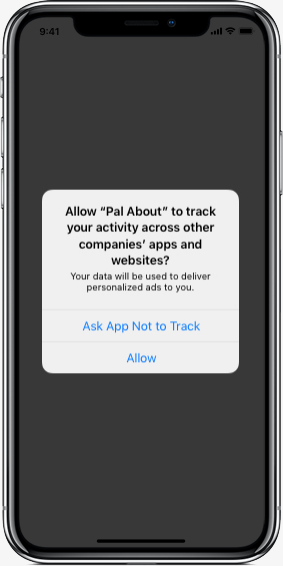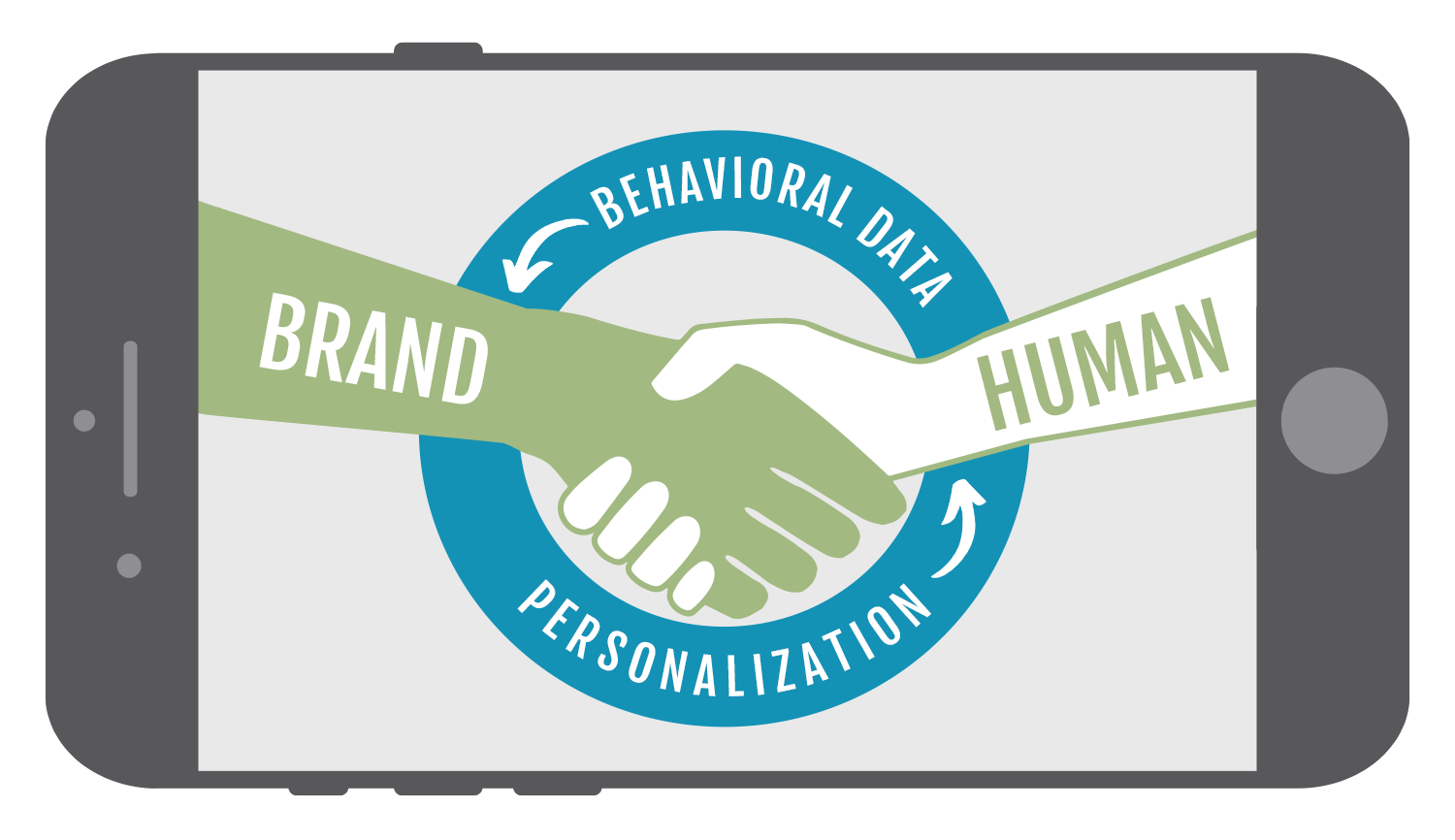While the steps are simple, it’s hard to do new things. So hopefully our breakdown will support you and your team through the IDFA changes.
Step 1: Review Your Pre-Deprecation Changes

You need your users’ permission to track them through Apple’s ATT.
Step 2 – Talk To Your Partners
Step 3 – Build a Strategy for Mobile Game Engagement
Lots of things are changing in mobile campaigns from Life Time Value (LTV) to Multi-Touch Attribution (MTA). Now is the time to build a strategy for mobile engagement. What do you want to happen after the first install? What game actions are you going to be watching for in order to trigger your marketing tools like email and push notifications? Which channels make sense to deliver messages to your game users (e.g. email, push notifications, in-app messages, SMS, and chatbots)?

How are you going to keep your users engaged post-install?
Write down the key actions you want to know about and then the message and the channel you’ll use to communicate. This could be a simple spreadsheet to start. Creating this type of benchmarking tool is critical so that as you start to understand how your new mobile game advertising is performing you can make sure you’re focusing on the actions and engagement that make the most sense for your game.
Step 4 – Do A Tech Stack Evaluation
Understanding the technology tools your mobile games company uses is very important. With over 7,000 martech providers there’s a huge range of services available and it’s likely you’re using more than you think. If you suspect you only use 10 tools you might do some investigation and find your team users over 30. Talk to your agency, your internal tech team, your support desk and key tech champions in your company and make sure there is consistency across your stack to ensure there are no breaks in reporting or attribution. Once you understand all your tools you’ll be able to see where your gaps are. Want to dive deeper into a tech stack evaluation? Read our Guide to Building a First-Party Data Strategy.
Step 5 – Start Developing Your First-Party Data Strategy
Building a direct relationship with your customers should be the backbone of your first-party data strategy. As regulations change and more privacy restrictions are put in place we know one thing for certain – strong first-party data will be a mobile marketers most valuable asset. Recent studies by the Boston Consulting Group have found that brands using first-party-data for key marketing functions achieved up to a 2.9X revenue uplift and a 1.5X increase in cost savings. So how do you start to build one? There are a number of steps but we’ve got you covered with our Guide To Building a First-Party Data Strategy.

Getting your users permission to access their first-party data in return for personalization is the fundamental way marketing is changing. We call this a First-Party Digital Handshake.
Step 6 – Get Deep into Creative
A greater emphasis on creative is going to be a large part of your mobile games advertising strategy going forward. With limited attribution information coming in from SKAdNetwork, there’s going to be a return to contextual advertising. Building a relationship with and getting to know your users will help you understand where and on what apps your games’ ads will have higher conversion rates. It will also help you to produce collateral that resonates with where the user is in your funnel.
Step 7 – Try, Test, Refine, Repeat
Don’t get disheartened. With great change there comes new opportunities and old-school marketing is back. Look at your engagement strategy and start testing new creative and messaging. Do small test runs in small markets to see what kind of impact it has before you spend a significant part of your budget. Review your results and understand how parts of this data are feeding into your CRM strategy and your conversion strategy. Start your try, test, refine and repeat process right now. A cookieless world is coming and all the campaigns and insights you gather right now will prepare you for cookiemagedan.
Breaking down a complicated process into steps is the only way we know how to get a big job done. Use our seven steps to jumpstart your mobile game advertising in a post IDFA world and embrace the change. It’s likely your competitors aren’t. Good luck and you got this!
It's going to be a big shift, but we're here to help!
Read our in-depth guide on Building Your First-Party Data Strategy For a Post-IDFA World

